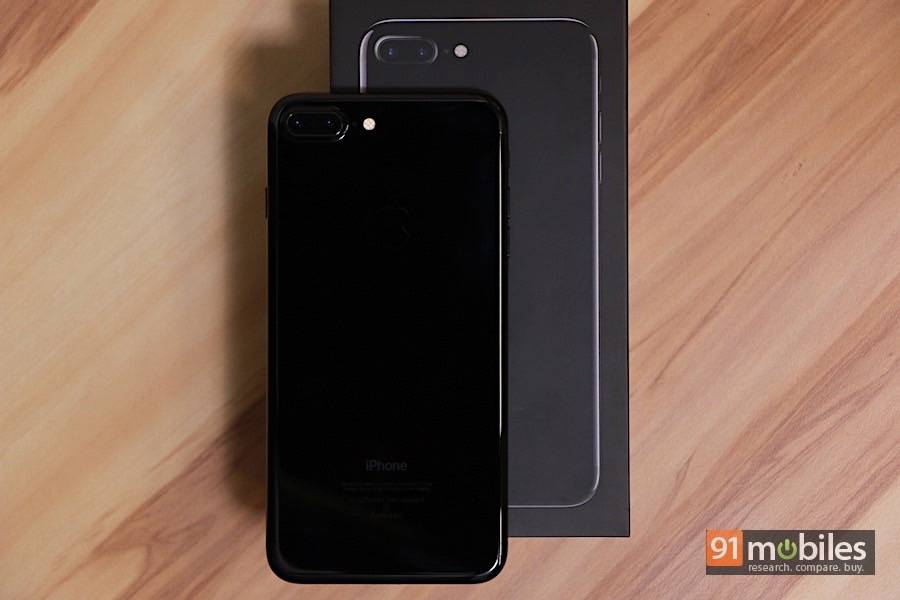
With the announcement of its new iPhone 8 Plus, Apple also introduced its “most advanced” 12MP dual camera setup. We are mostly certain that the iPhone 8 Plus will take better images than the iPhone 7 Plus (review). But, by how much? Moreover, is the difference in overall image quality worth the upgrade to the new iPhone?
We know for a fact that the iPhone 7 Plus’ dual camera setup has already started showing its age. In our previous comparisons with other Android counterparts like the Samsung Galaxy S8, Google Pixel, and the OnePlus 5 (review), the iPhone 7 Plus’ cameras struggled to impress.
(Read more: Samsung Galaxy S8+ vs Apple iPhone 7 Plus vs Google Pixel: camera comparison)
Therefore, we are keen to see how Apple has improved its cameras on the iPhone 8 Plus. Let’s get right to it.
What’s new in the iPhone 8 Plus’ dual camera setup?
As far as specs are concerned, there is nothing drastically new in the iPhone 8 Plus but there are a few software-based improvements that work behind the scenes – literally and figuratively – to capture a better image. For example, there is a new Portrait Lighting mode that uses artificial intelligence to learn the subject’s face being shot in portrait. Post which, it allows you apply different lighting effects to the final image. The Portrait Lighting mode effects available to the user are: Normal Light (which is the same as regular Portrait mode), Studio Light, Contour Light, Stage Light, and Stage Light Mono. There are three things to note here:
1. This mode is available only on the iPhone 8 Plus and the iPhone X.
2. It is currently in Beta mode.
3. You can add effects to it in the Photos app after you’ve captured the image as well.
Apple has also added a new auto-HDR mode to all the new iPhones. Essentially, now the iPhone 8 Plus uses the power of the A11 Bionic SoC to capture three images with different exposures simultaneously and stitches them all together faster than ever before. Note that you can switch off the auto-HDR mode if you want to. But, we don’t see any reason why anyone would want to switch it off.
Important disclaimer: We’ve used the auto-HDR mode on both the iPhone 7 Plus and the iPhone 8 Plus for all the tests to ensure parity.
Daylight close up
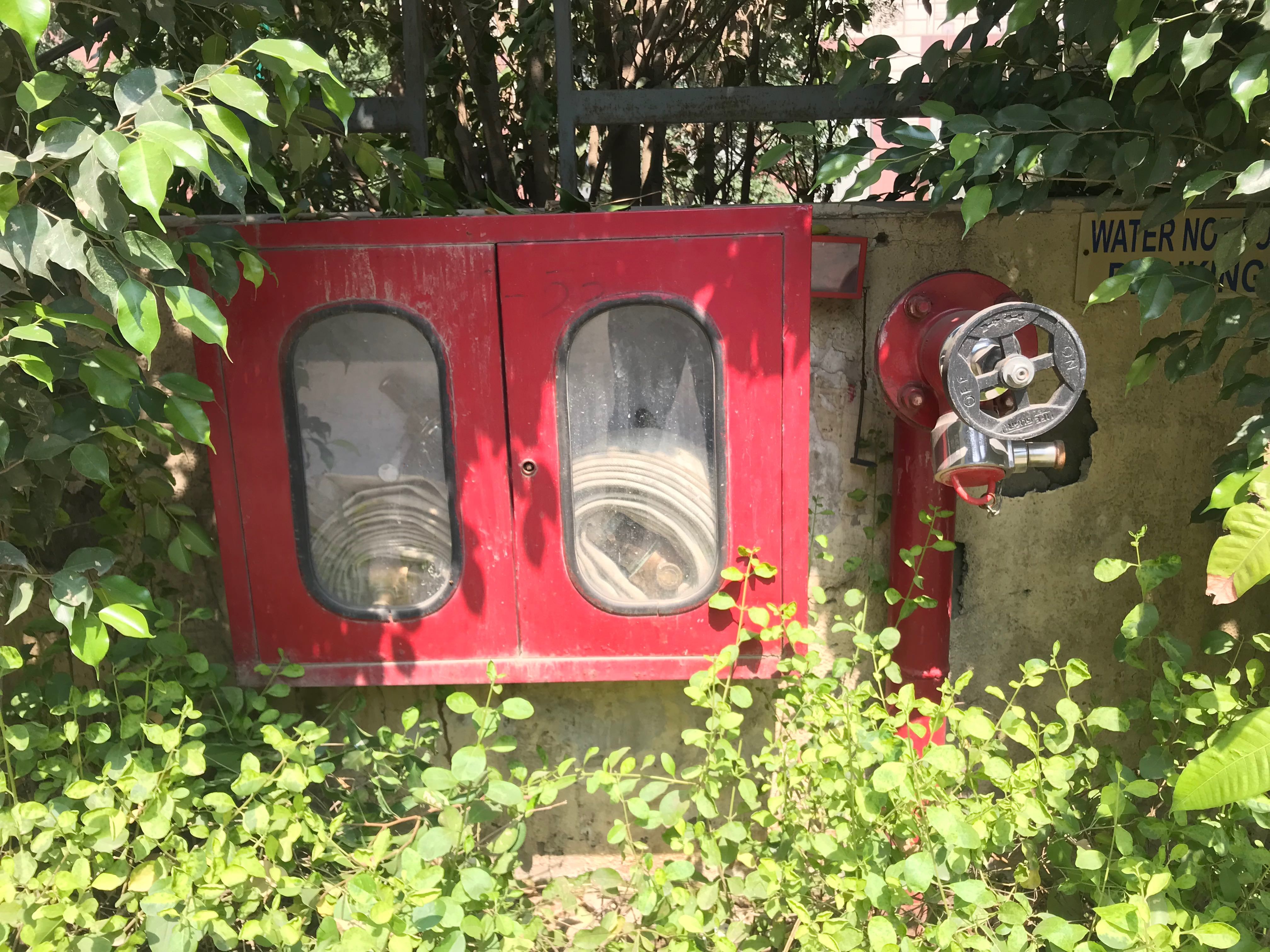
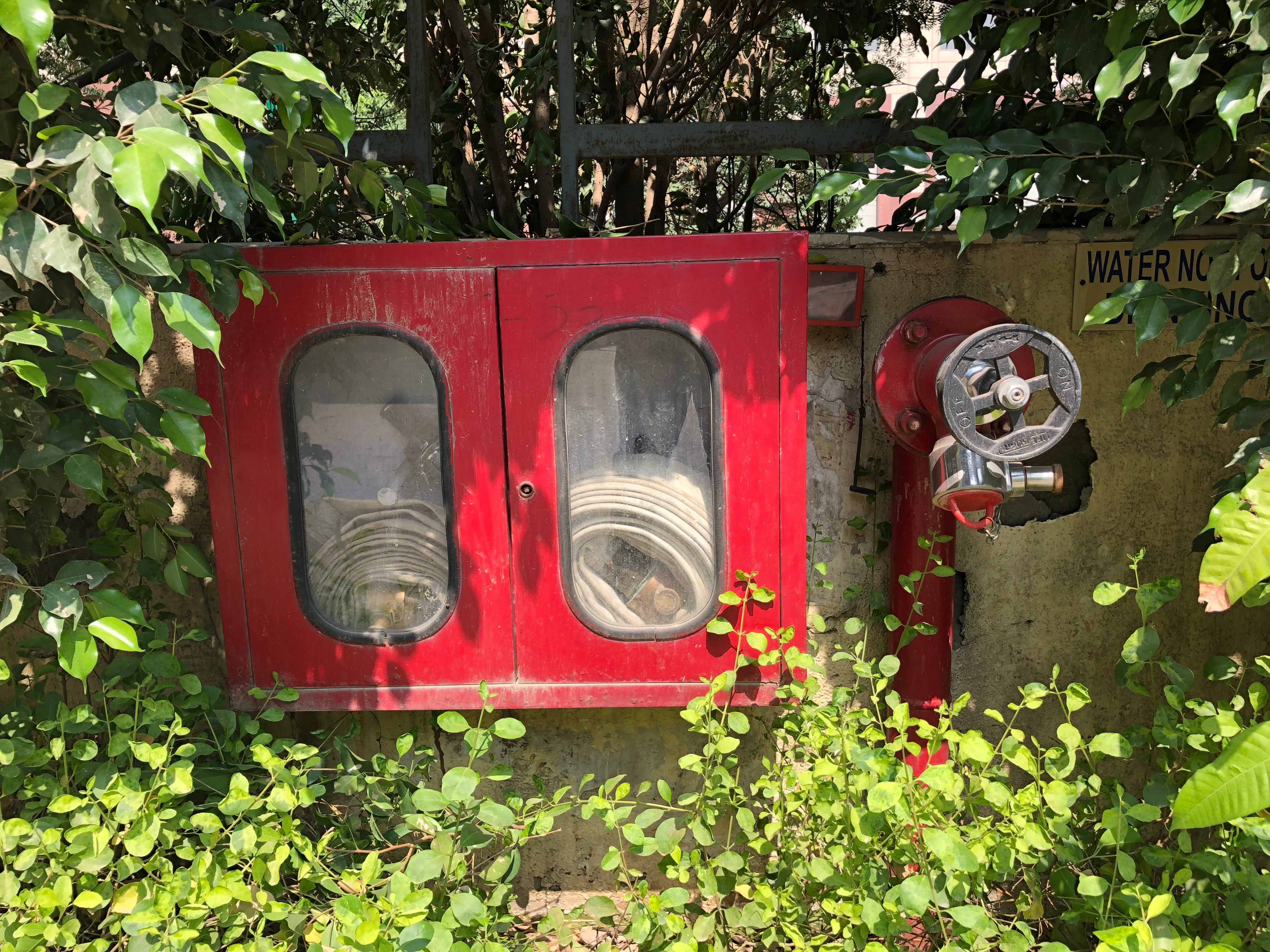
For this test, we chose this water hose in our office campus, which has a large dose of reds and greens in the entire frame. You can notice that the iPhone 7 Plus’ sample looks dull and dreary, and the bottom part of the image was overexposed as well. In comparison, the iPhone 8 Plus offers better saturation and an even exposure across the image. Even the details in the area of focus — which is the large water tap in these test samples — is much better on the iPhone 8 Plus.
Daylight landscape
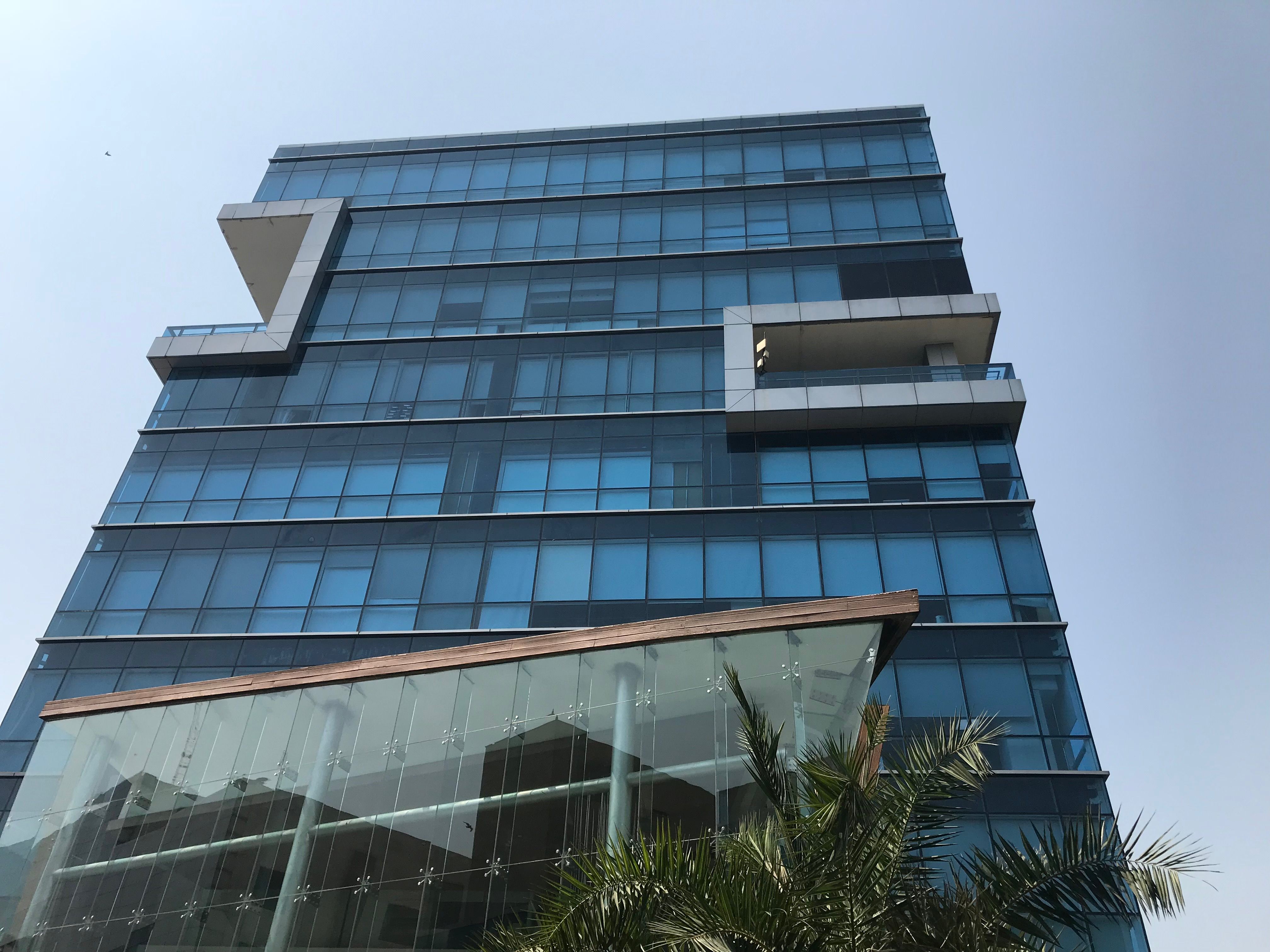
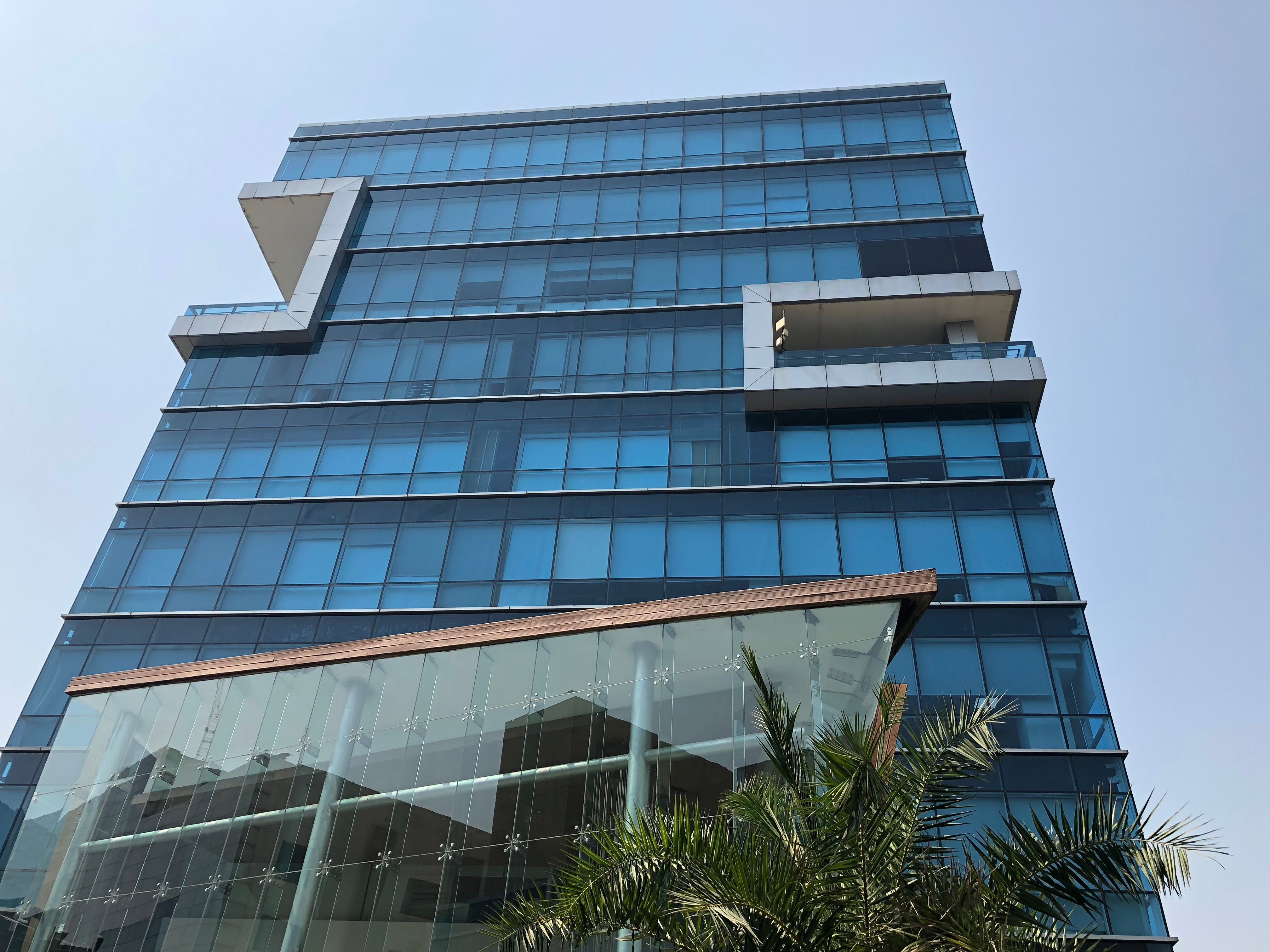
We shot two landscape images to test the capability of the wide-angle lenses on both the phones. It was very difficult to highlight differences between the samples. That said, the iPhone 8 Plus once again exhibits better exposure control overall, and good details in the highlights and shadows. If you take a look at the shot of the blue building closely, you will notice that the iPhone 8 plus manages to capture crisper details of the leaves.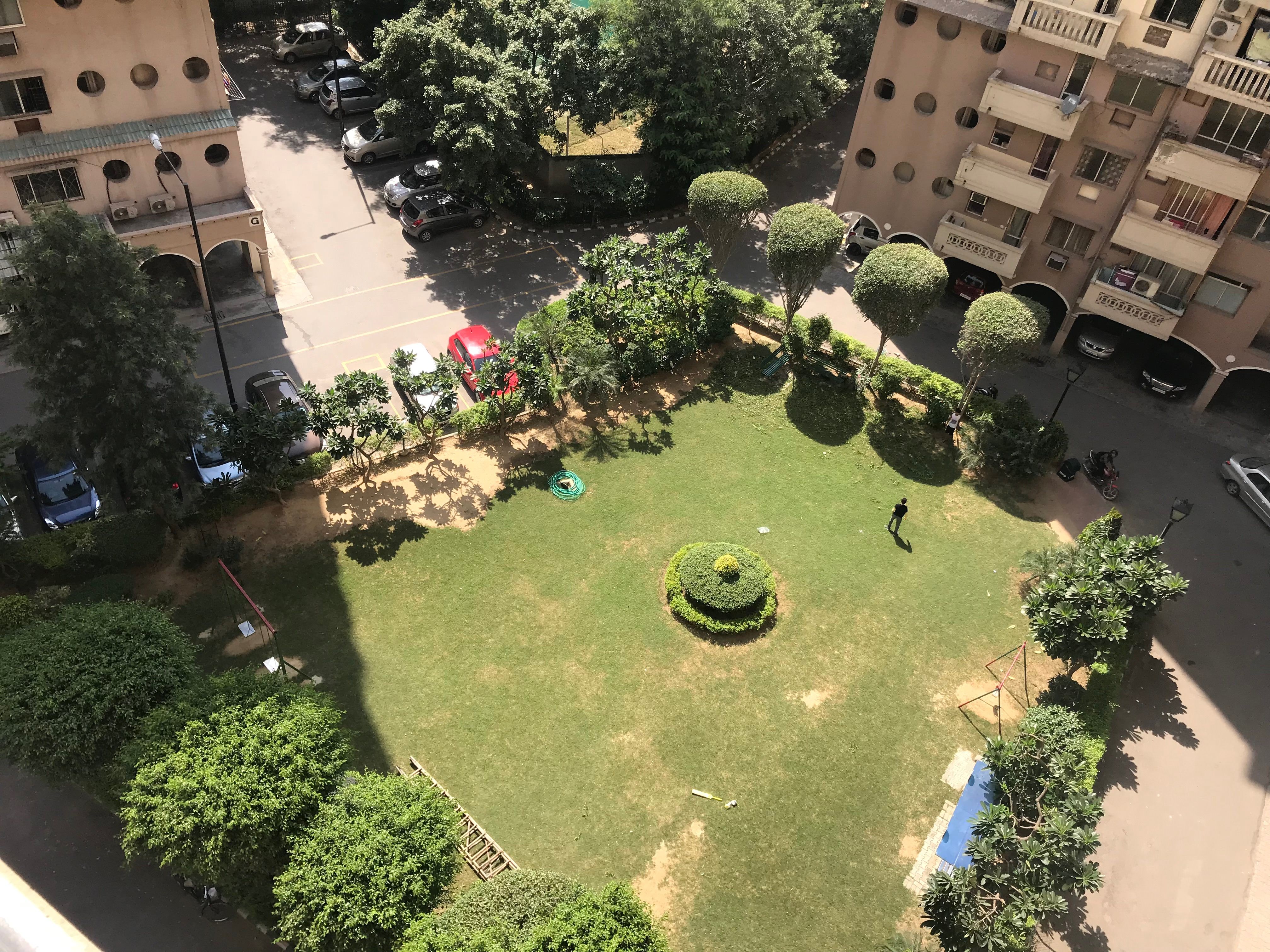
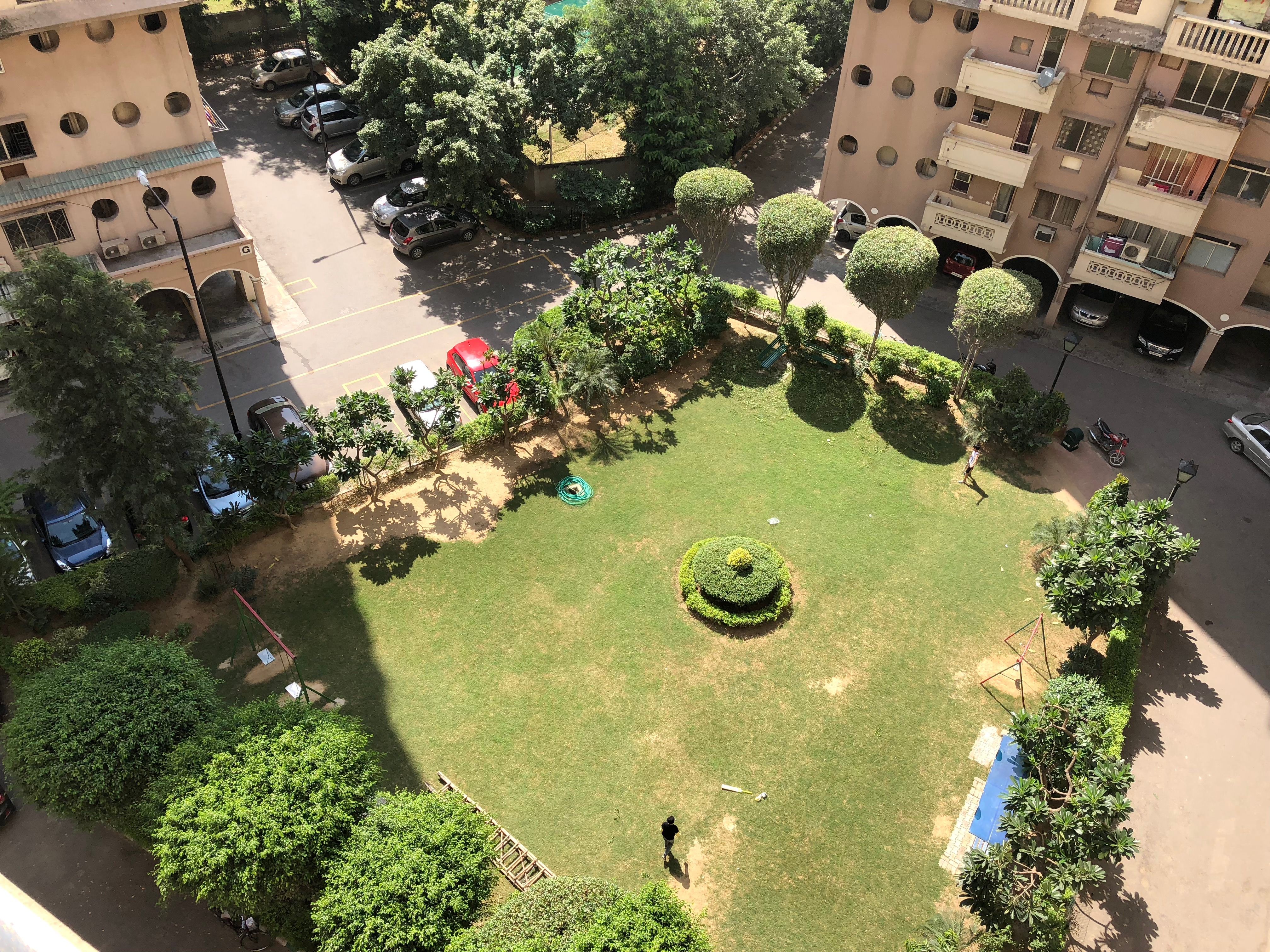
Thankfully, both the lenses managed to keep any sort of lens/barrel distortion in check. On the other hand, there is very little separating the two shots of the park except for the fact that the iPhone 8 Plus offers a slightly better exposure, once again.
Daylight portrait


Most of us take a lot of photos of our friends, and therefore facial tones are the best way to test a camera’s mettle. In this shot our colleague Prateek’s face is lit up nicely by the sun light coming through our office window. While the first thing you will notice is that the iPhone 7 Plus’ captures a yellowish tint of Prateek’s face, the iPhone 8 Plus veers towards the red. That said, we do like the colour temperature adopted by the iPhone 8 Plus’ image algorithm. On closer inspection, you will notice that the iPhone 8 Plus sample has a superb handle on the red colour of Prateek’s t-shirt, and offers better details around the collar lines.
Low light flash
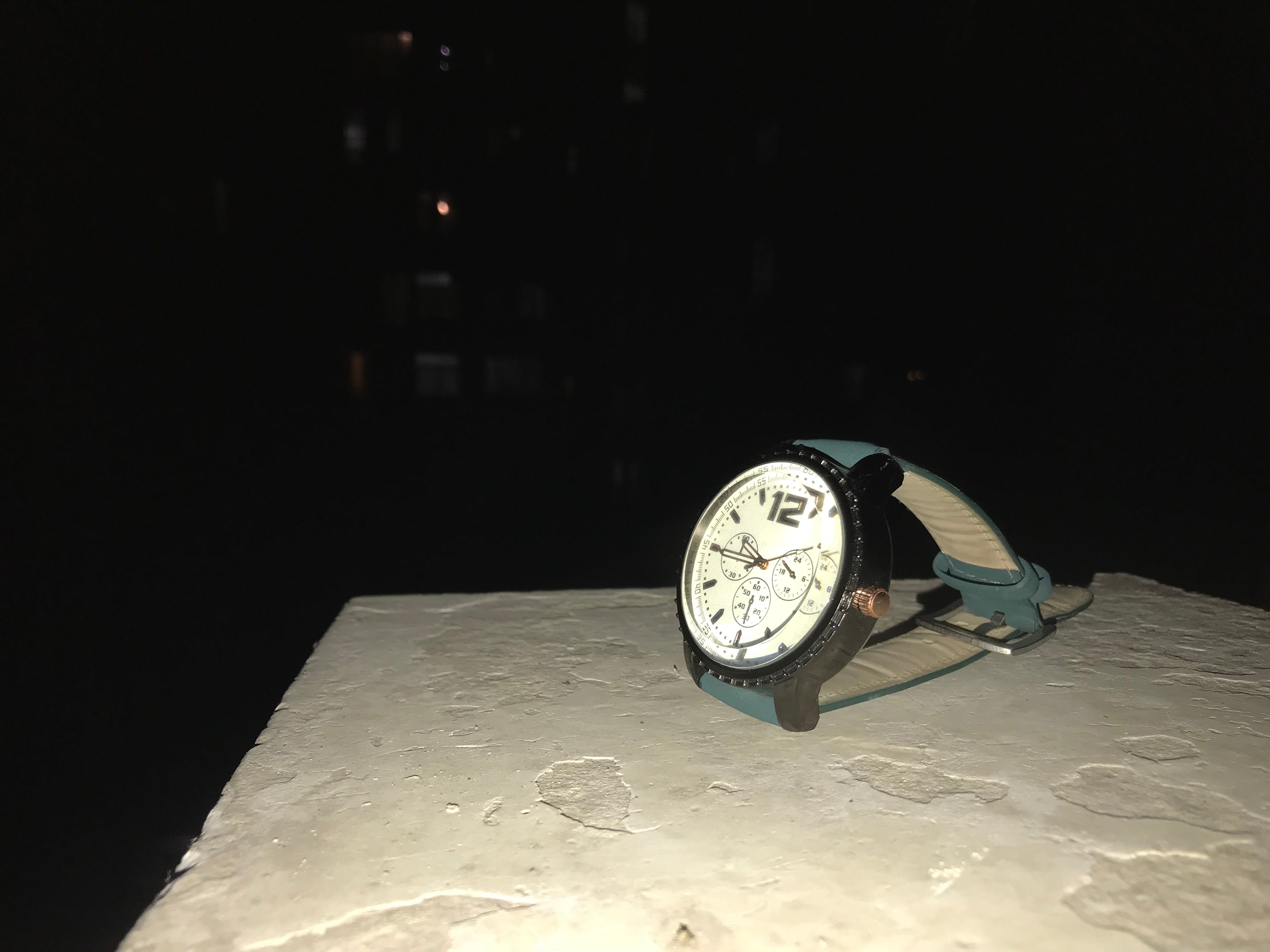
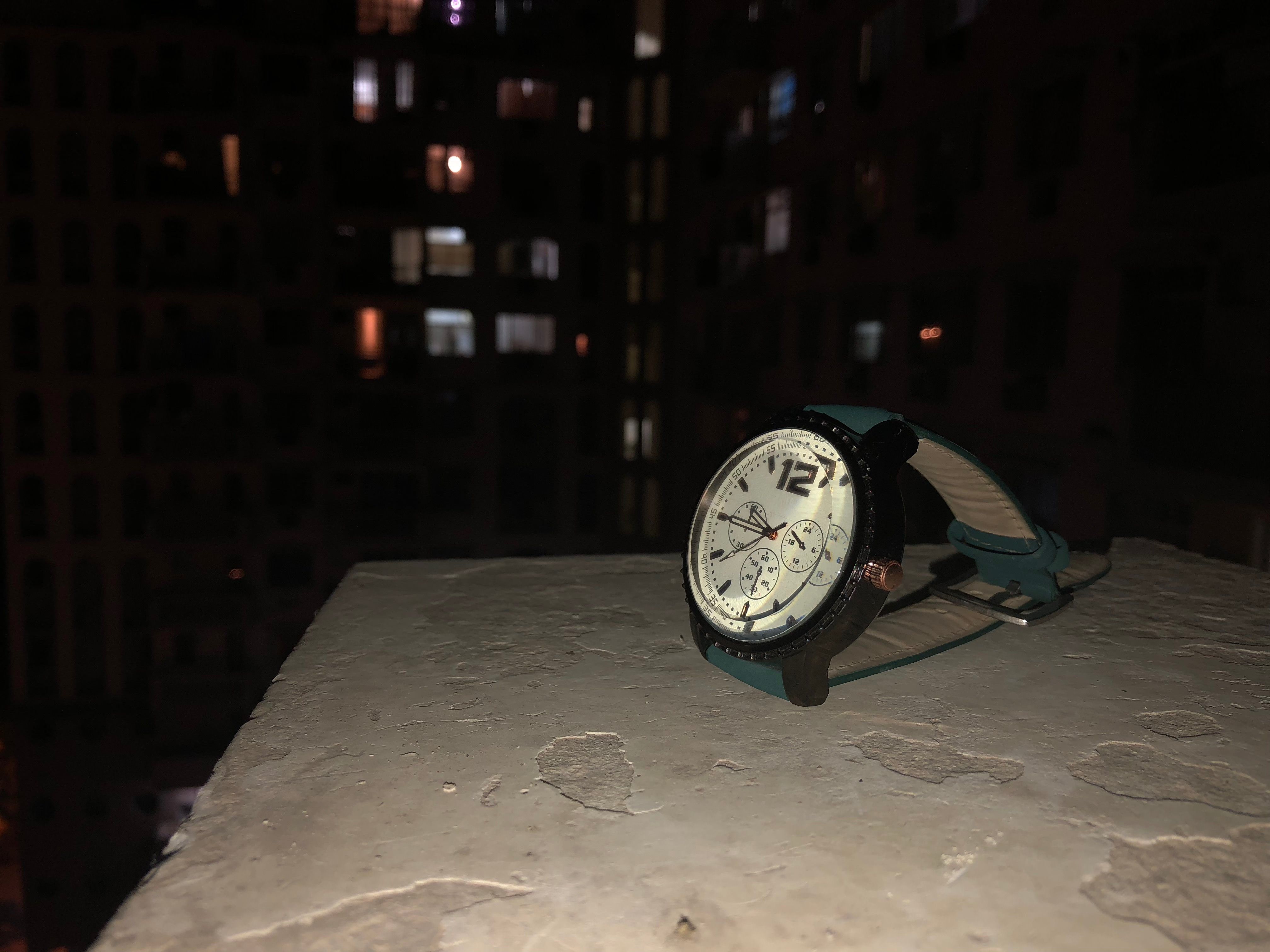
Apple claims to have improved the performance of the quad-LED flash once again this year, and it is quite evident from our test. The iPhone 7 Plus’ flash throws a very harsh light on the glass and you can see some blown highlights. Also, it is a much colder image and the entire image is not evenly exposed. On the other hand, the iPhone 8 Plus sample has a generally pleasing light across the entire frame and not just the watch. It looks fairly natural and it is possible to believe if we were to say that the image was shot without firing the flash.
Low light landscape
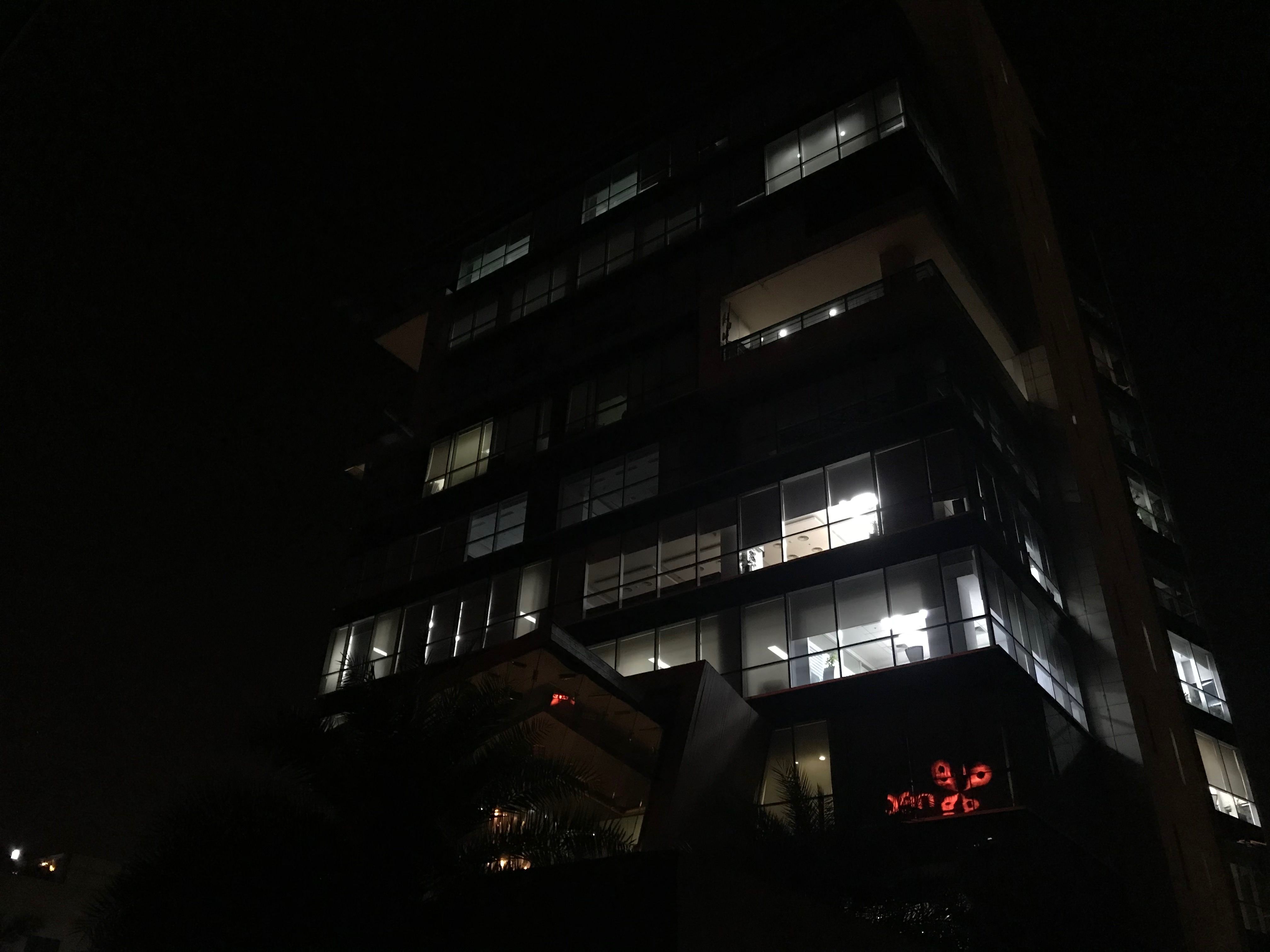
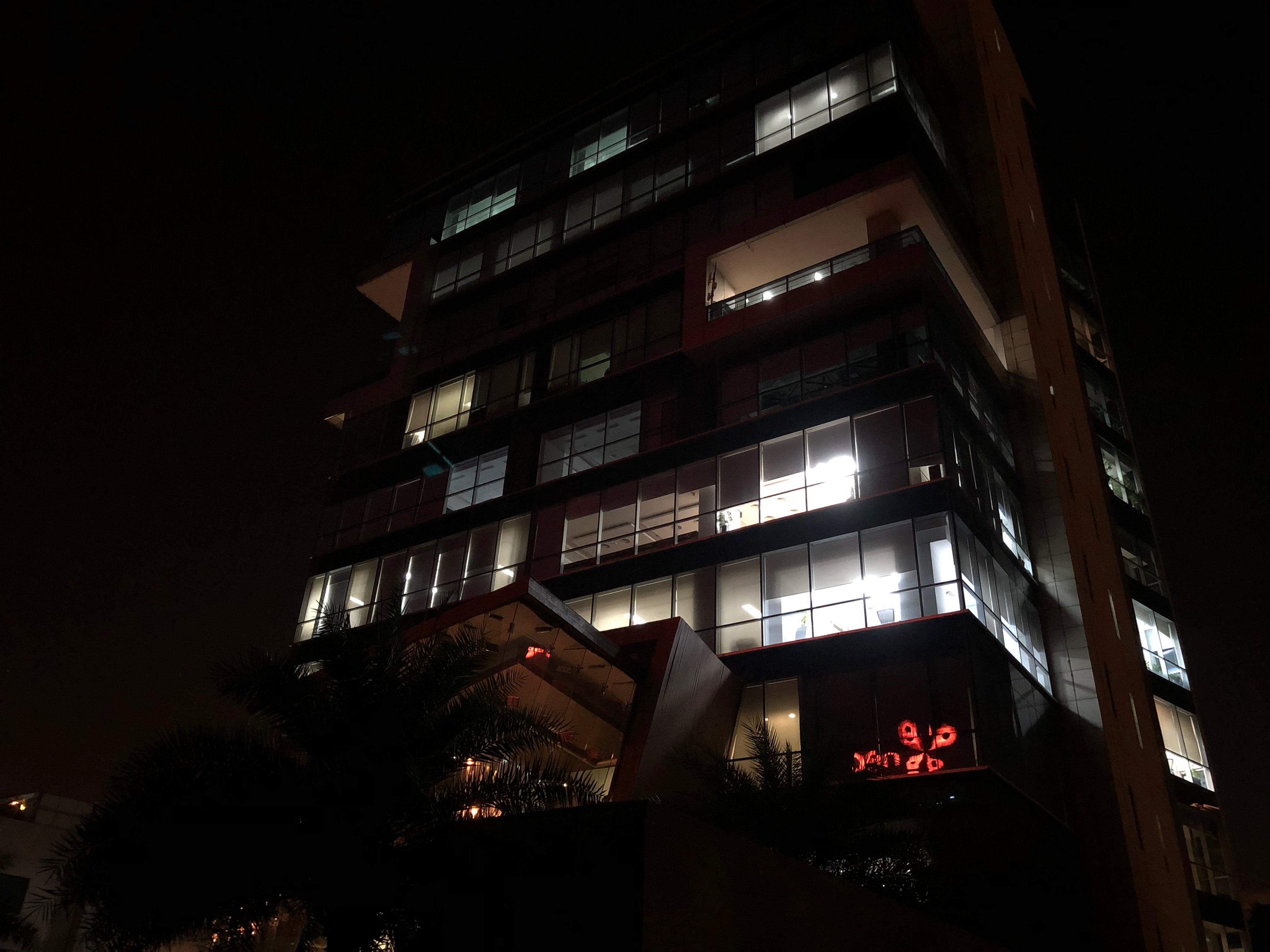
This scene is our go-to shot for testing the low-light performance of smartphone cameras. You can clearly see that the iPhone 8 Plus offers a better exposure overall. Moreover, on closer inspection you will note that Apple has managed to control noise really well too. You will notice a better dynamic range across the iPhone 8 Plus test image as well. It is just a better looking image overall at the very first glance. However, I am slightly annoyed by the red colour cast over the entire image. In comparison, the iPhone 7 Plus’ image – while dull and lifeless – showcases a neutral colour grading, which looks closer to reality.
Portrait mode


(Note: Click on the images to view the full resolution files)
While the Portrait Mode was launched as a beta on the iPhone 7 Plus, it has indeed come a long way since. In fact, the Portrait Mode on the iPhone 8 Plus is definitely much more refined and the bokeh effect looks pretty natural too. Note that both the iPhone 7 Plus and the iPhone 8 Plus use the secondary telephoto lens to actually capture the image, and the primary camera works in tandem to create the neat, blurry background cutout.
The iPhone 8 Plus also captures better looking portrait shot indoors and has an increased depth distance of up to 8 feet. If you look at the two portrait shots closely, you will notice that our our test subject – Sohil’s – facial colour looks more accurate in the picture captured by the iPhone 8 Plus. We also noticed that the iPhone 8 Plus’ portrait had lesser noise as well. And of course, the cutout looked more natural too.
RAW
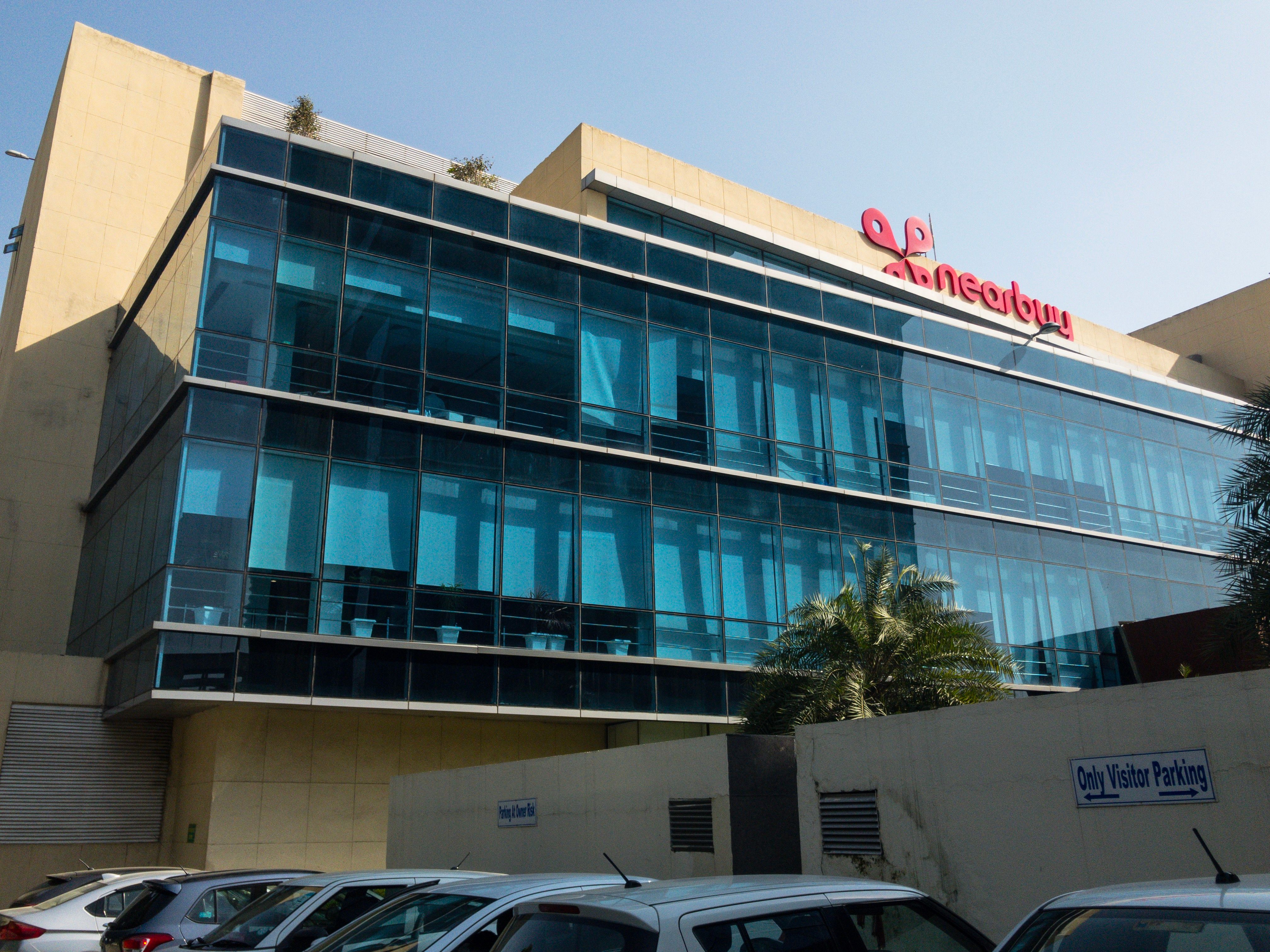
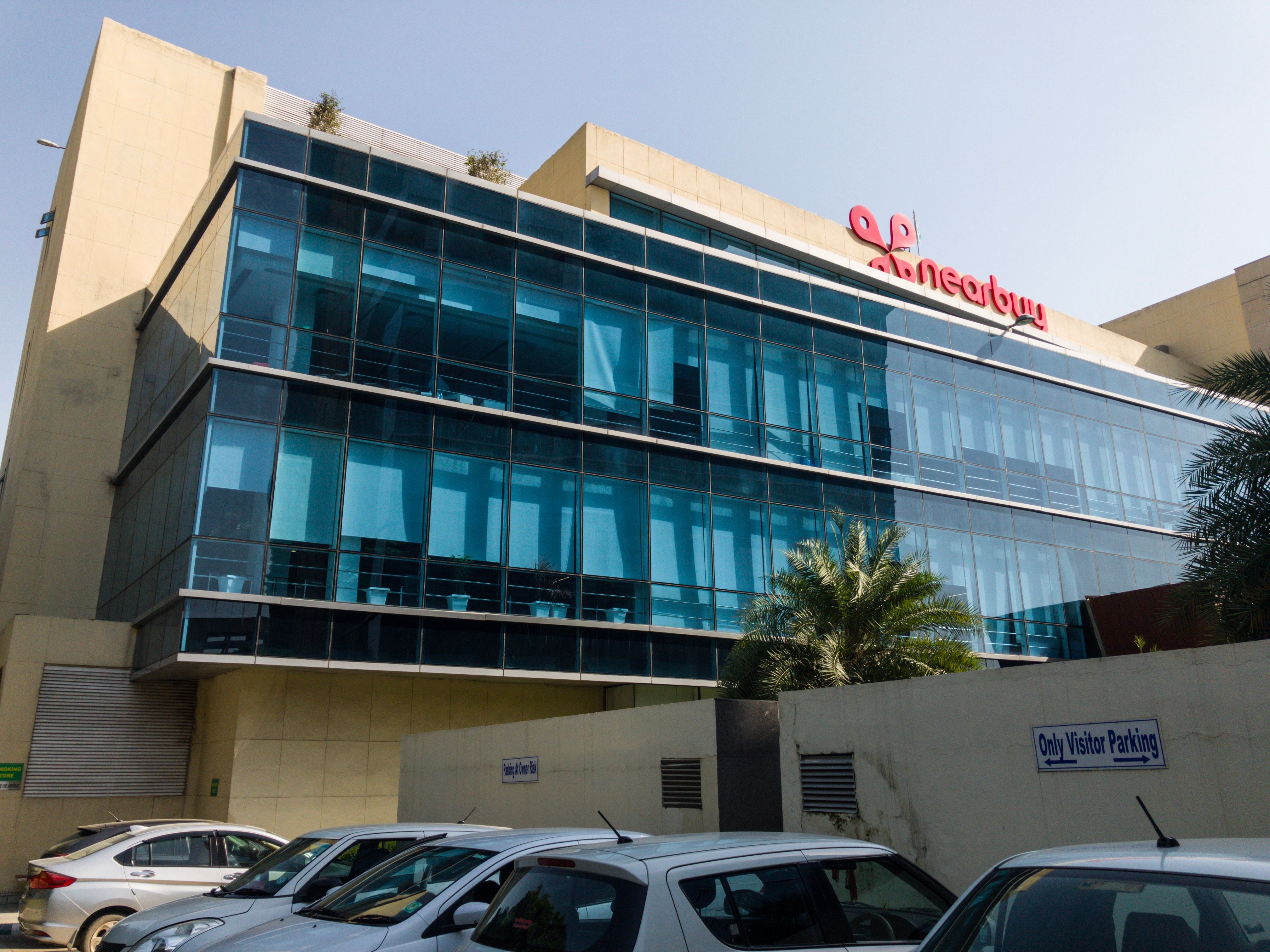
Professional users would be happy to know that iPhones can now shoot in RAW. Shooting RAW, unprocessed photographs, allows you to do post-processing where you can colour grade the image to your liking and adjust important elements of a photograph like the highlights, shadows, noise, and such. Unfortunately, the default camera app cannot shoot RAW but we used Adobe’s Lightroom Mobile app to shoot .dng files. After processing the flat colours of the files we managed to achieve some really punchy colours without losing out on details. Interestingly, using the same auto tweaks on Lightroom, we got a better output from the iPhone 7 Plus. But, individual mileage is bound to vary based on shooting conditions.
Selfie daylight / low light


(Note: Click on the images to view the full resolution files)
As far as daylight selfies are concerned, there is not much separating the two cameras. The only difference between the two pictures is the colour temperature – the iPhone 8 Plus selfie looks very close to the natural colour tone of the actual face. This gives it a slight edge over the iPhone 7 plus but the difference is really negligible. Don’t bother shooting selfies when there is little to no light because both the phones captured images with way too much noise.
Selfie screen flash


(Note: Click on the images to view the full resolution files)
If you are shooting selfies in low light, we suggest using the screen flash to light up the face. In fact, the iPhone 8 Plus lights up the entire face evenly and it has a softer, more attractive flash. The iPhone 7 Plus’ screen flash is harsher on the face and looks really unnatural.
Telephoto
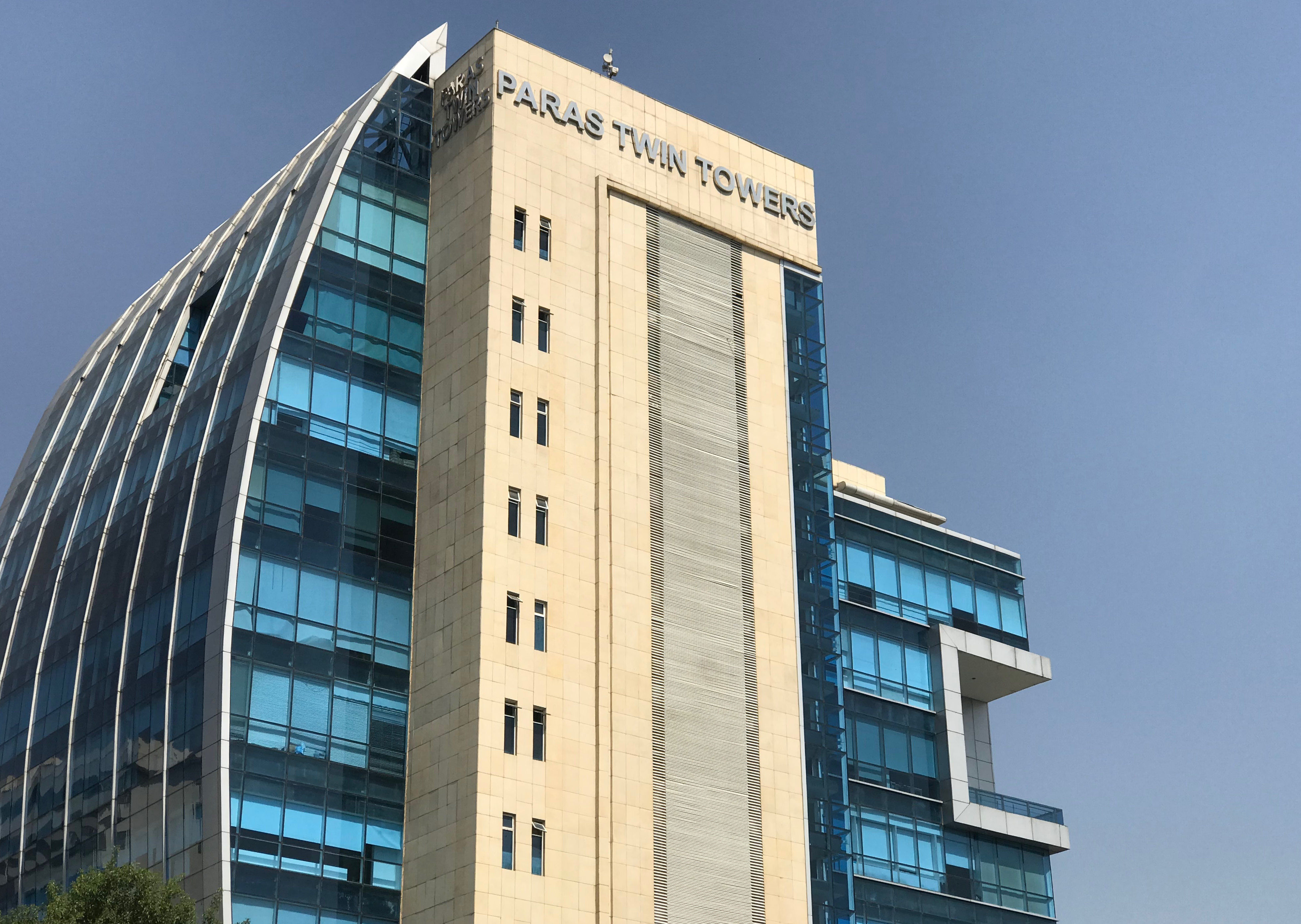
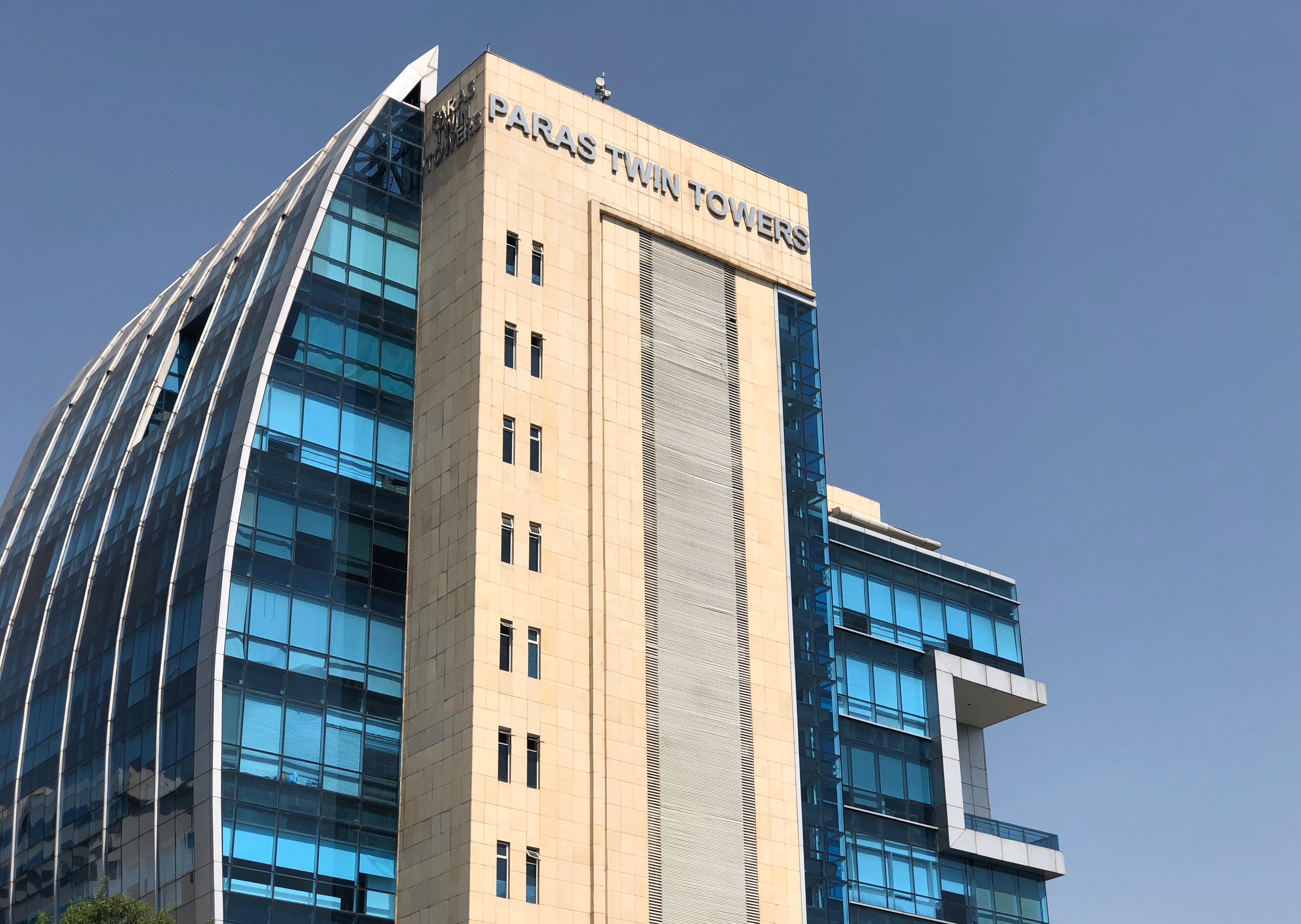
Apple claims to have improved the secondary telephoto lens as well. At first glance you won’t notice any difference but since we are clearly checking for intricate details, the iPhone 8 Plus’ camera takes marginally better details. And, the colour accuracy is spot on too.
Video
This year, Apple has improved the video shooting capabilities of the new iPhones by adding 4K video recording at 60fps and 240fps 1080p slow motion video. However, during our testing we noticed that the iPhone 8 Plus struggled with image stabilisation when shooting in 60fps. However, you do get a very crisp frame rate that looks pretty good. Take a look at the video below to understand.
Additionally, the video exhibits the same fidelity we’ve seen in the images shot by the phone. You will notice the same great dynamic range and a neutral colour tone. That said, there is not much that separates the quality of the iPhone 8 Plus’ video footage and the iPhone 7 Plus’ footage. iPhone 7 Plus users are not really missing out on much primarily because the video shooting capabilities of the phone was pretty great to begin with.
The 240fps 1080p slow motion video shot by the iPhone 8 Plus looks glorious too. The iPhone has always excelled in slow motion videos, ever since Apple introduced it, so this is not a surprise either.
Our only gripe with video capture on both the iPhones is that Apple still records single channel mono audio in AAC format. Not that the quality of audio captured is bad, but stereo recording is a staple in most flagship smartphones these days, and that is the least we are asking. Phones like the LG V20 (review), LG G6 (review), and Nokia 8 (review) excel with their stereo audio capturing capabilities during video recording.
Extra features and tests
As far as extra features are concerned, only the Portrait Lighting mode is what separates the iPhone 8 Plus from the iPhone 7 Plus. Now, the Portrait Lighting mode is in beta and therefore it takes multiple attempts to get the right shot. However, it is important to note that Apple uses machine learning to understand the images over a period of time and improve the performance. Even so, we did manage to take a few good looking portraits. Take a dekko.
While it is too early to give the iPhone 8 Plus an advantage over the iPhone 7 Plus for just this feature, we will wait and watch to see how it matures over a period of time.
As for shooting speeds, both the phones are equally fast to shoot. There is very little shutter lag for a smartphone, and the burst mode is just incredibly fast. Furthermore, the phones do not heat up either.
Verdict
Evidently, Apple has worked a lot to improve the image processing algorithm at the backend. While the hardware specs of the iPhone 8 Plus’ cameras are mostly the same, you still get a better exposure across the board, superb dynamic range thanks to an ‘always-on’ auto-HDR feature, considerably fewer artefacts due to image compression, and more accurate, less-muted colours overall. Obviously, you also get to play around with more details, especially if you shoot in RAW. All in all, the iPhone 8 Plus has one of the best smartphone camera setups you can find today.
In the end though, we are fairly convinced that you don’t need to exchange your year-old iPhone 7 Plus for the iPhone 8 Plus’ because the difference in image quality is very marginal. On the flipside, if you are using an iPhone 6s/6s Plus or an iPhone 6/6 Plus, then upgrading to the iPhone 8 Plus – especially for its supremely impressive cameras – is a no-brainer.
If you agree with our comparison, do let us know in the comments section below. Do stay tuned for our camera comparison of the iPhone 8 Plus with the Samsung Galaxy Note 8 (review).

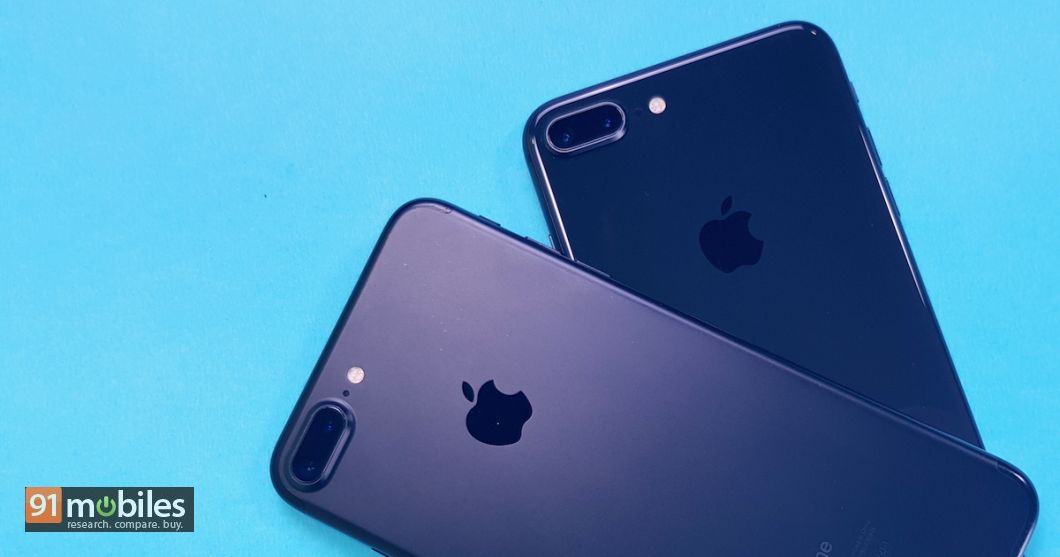










![[VIDEO] Apple iPhone 7 Plus FUN review! Thumbnail](https://www.91-cdn.com/hub/wp-content/uploads/2016/10/Apple-iPhone-7-Plus_thumb.jpg)
